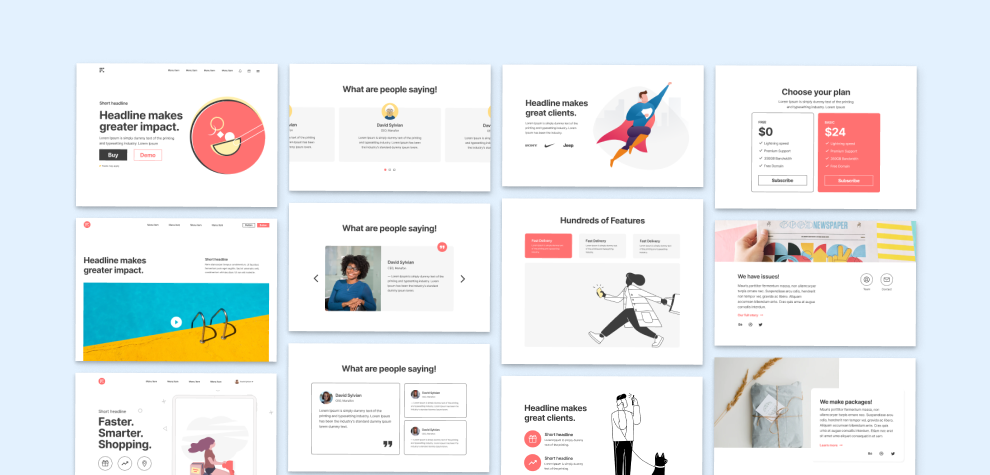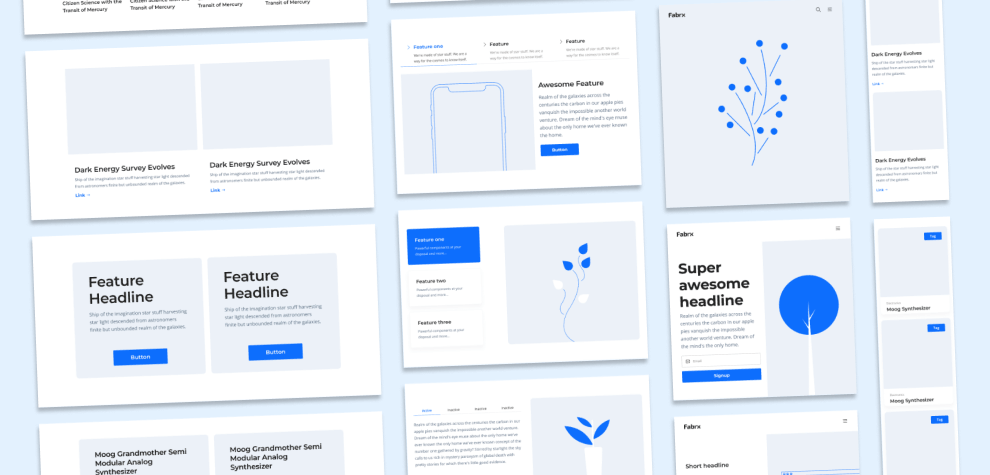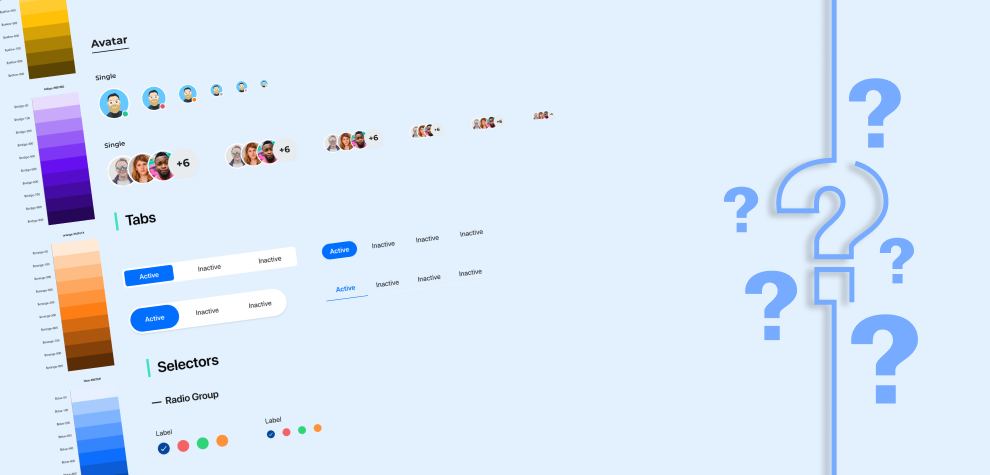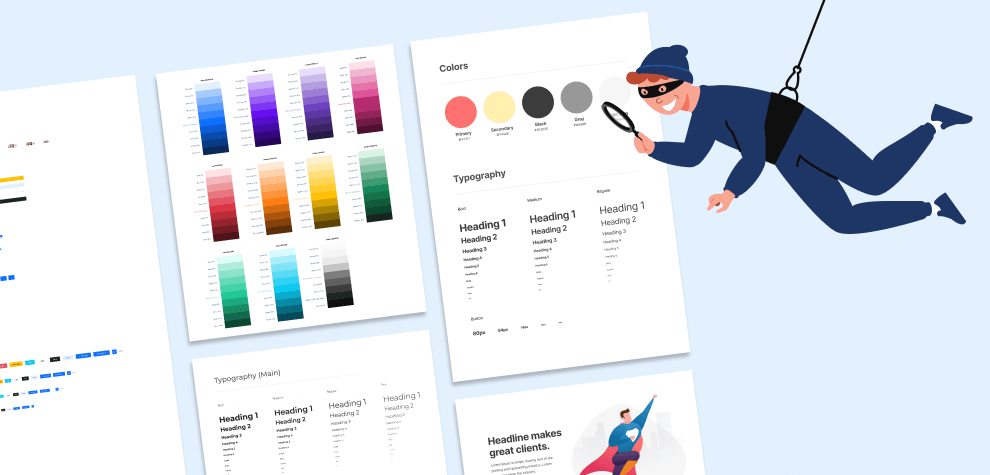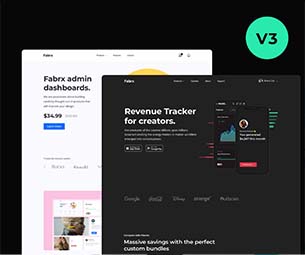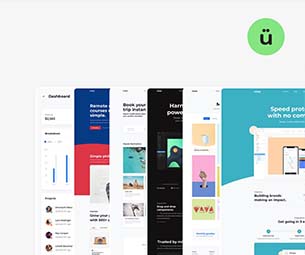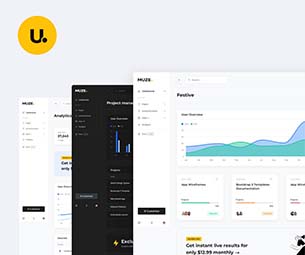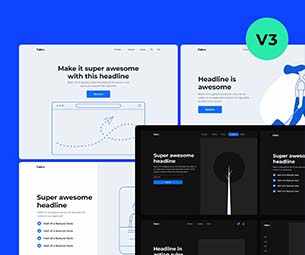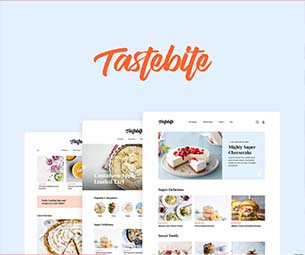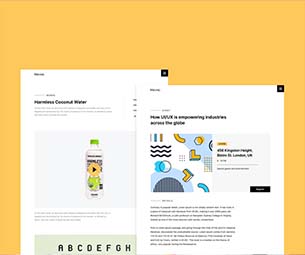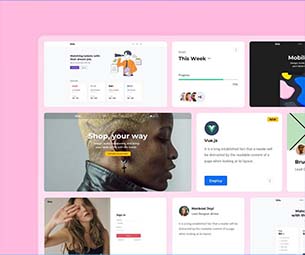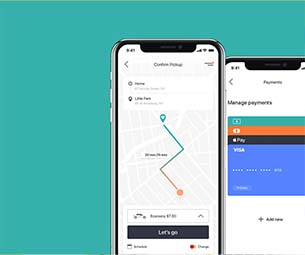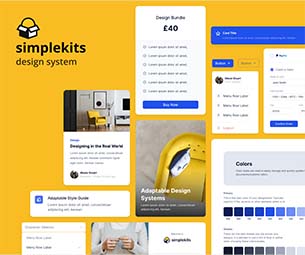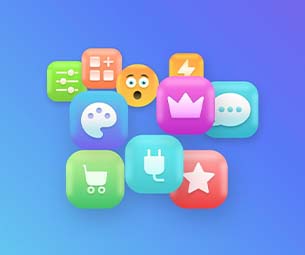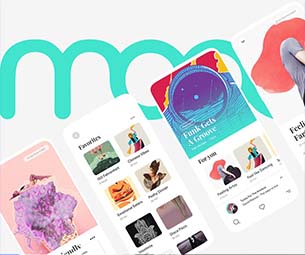Having a website in the modern world is a necessity, not an option. It allows you to be found by your buyers and gets them interested in your products or services.
However, having a website isn’t enough anymore. Do you want to stand out from the crowd and generate more business? Then you must have a good-looking site that is easy for visitors.
This is where website layout templates and UI kits come in handy. They help you create a professional-looking site. It’ll be easy for people to navigate and provides them with all the necessary information.
But what if you’re getting started, don’t know where to begin, or want some inspiration for your next project? Here are some tips that will get you started.
Ways to Level up Your Web UI Kits
Follow these tips, and you will create a great-looking site that is easy for visitors.
1. Arrange and Re-arrange Components for Different Types of Kits
To create a website layout, start by creating your site’s basic framework. You can do this using a grid system or simply adding boxes representing each section of your site.
Next, add all the Web layout components you think will be needed for the different sections. It’s best to start with the basics before adding more complex elements. These can include videos and animations (although you can add these at any time).
2. Test the Kit on Multiple Device Types
Using web layout templates is about making a website look good on all devices. These can be smartphones and tablets to laptops and desktops. Test it across as many devices as possible to ensure your site looks great everywhere.
This way, you can ensure that users will have an enjoyable experience. It won’t matter what type of device they’re using. You can use an online tool like BrowserStack to test your website on multiple devices. This helps you catch any issues arising from screen size or resolution differences. That way, you can make adjustments before publishing your site.
3. Stay Focused With a Concise Component Library
Yes, you might be tempted to use several website UI design templates. However, this can be a bad idea. It’s not only challenging to keep track of which elements you’re using where. It also makes your site look inconsistent.
Instead, create a component library that includes all the elements used on your site. This way, you can use those same components across different pages. You won’t worry about consistency issues or creating additional work for yourself.
4. Use a Web Font for Greater Design Flexibility
As we mentioned, flexibility is the hallmark of a professional-looking website. And one of the simplest ways to achieve it is by using a web font. You can use web fonts on any computer or device. You don’t have to install additional software.
They’re already built into most browsers. They also offer an almost endless variety of styles and weights. This way, you can experiment with different looks and find one that works for your brand.
5. Create a Range of Buttons, Tabs, and Other UI Elements
Effective use of website layout templates requires you to create various elements. These can be buttons, tabs, and other UI elements. Suppose you’ll need to change the layout of your website in the future. Then it’s easy to do so because you have various options available.
We recommend using an icon set like Font Awesome. It allows you to create these different user interface elements. It includes hundreds of icons. You can use them to create buttons with different shapes, sizes, and colors.
6. Combine Illustrations With Simple Blocks of Color
Most modern designers understand that illustrations are vital to any website’s design. However, you shouldn’t rely too heavily on these images, or they will make your site look dated.
Instead, combine them with simple blocks of color. These will create a clean and modern aesthetic. This is particularly effective when you use flat colors like white, black, and shades of gray. That’s because they help highlight the details in your illustrations. At the same time, they will stand out against their backgrounds.
7. Create Templates for Pages That are Commonly Used Across the Web
Try creating templates for pages commonly used across the web. This creates a more consistent look. For example, suppose you’re designing a portfolio website. Then there’s no reason your landing page should look any different from the rest of your site.
Templates help ensure that each page looks as professional as possible. You won’t spend hours adjusting each site.
8. Add Depth to Your UI Elements
Your UI kits and website UI design templates need to have depth. Depth refers to the amount of realism that you put into your design. For example, a button shouldn’t look like it was copied from another source and pasted onto your website.
Instead, it should look like something that people could press. Adding depth to your UI elements ensures they don’t look cheap or ugly.
9. Take a Mobile-first Approach When Designing Web UI Kits
It’s a no-brainer that people use their phones to access the internet more than any other device. You must take a mobile-first approach when designing your web layout templates.
This means you should create your designs using only small screens. Once you have completed this step, you can add extra content for larger devices, such as desktops.
10. Pay Attention to Smaller Details
The beauty of UI kits and web layout templates is that you can use them for many projects. That said, you want to ensure that your designs look great on any device. So, you need to pay attention to smaller details. These include micro-interactions, subtle gradients, animations, illustrations, and more.
When designing a mobile UI kit or web layout template, you mustn’t overdo it with these small details. This is especially true when using them in the background.
Conclusion
Leveling up your web UI kits can be a daunting task. It’s easy to get caught up in the details and lose sight of what matters. And that’s creating something that looks great and helps your users accomplish goals. Fabrx offers various web UI design templates you can use to get started. Are you looking for a simple, flat design or something more modern and animated? We have the perfect solution.
